FELIS-UK
The Small Wild Cat Organisation
Cataptability – did cats ability to adapt save it from extinction?
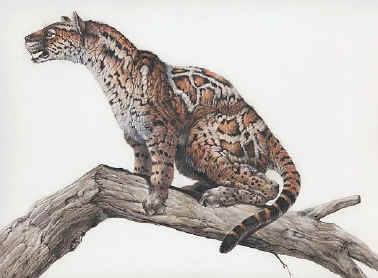
When Proailurus walked the earth the world would have been a very different place to what we have today. The time is around 25 million years ago and the widely accepted last common ancestor of all of today’s cat family roamed the forests of Eurasia. At this time, during the late Oligocene and Miocene period, it’s environment was most likely warm, humid and similar the rainforests we see in South America.
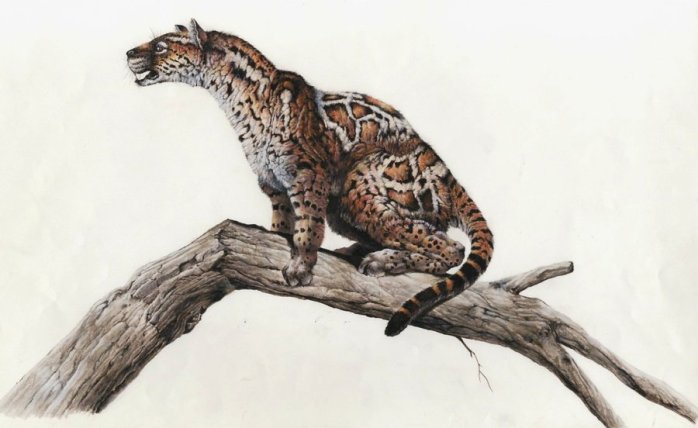
Approximately 2 feet in length and weighing around 20 pounds, this early cat wasn’t a large predator like the big cats we see today. In fact it wasn’t much bigger than a domestic cat. It is believed to have had a long tail, retractable claws and was at least partially arboreal.
Fast forward to today’s cat family, of which we now have (at time of writing, its tough to keep up!) around 40 species of cat, depending on who you ask, with 33 of these being what we consider small wild cats.
Today’s wild cats have evolved to not only survive but to thrive in some of the most inhospitable places on earth. From the cold mountainous regions of the Himalayas to the hot deserts of the Sahara, adaptability really has saved the cat.
Today’s post looks at how these cats have evolved over time to adapt to their surroundings and how they have each developed unique traits to help them thrive in their specific environments.
We start by looking at a couple of cats whose surroundings are probably closest to that of the Proailurus.
Life in the trees:
Two small wild cats who are tailor-made for life in the trees are the clouded leopard (Neofelis nebulosa) and the beautiful Margay (Leopardus wiedii).
A close look at these two cats reveal some morphological traits that provide an insight into how these cats have become so adapt to arboreal life.
Both these cats have long tails. These tails act as a great balancing tool, much like how a tightrope walker would use a pole to steady themselves. A clouded leopard’s tail makes up almost half its overall length. They also have large paws to aid with grip when jumping from branch to branch, often stalking prey through the trees before ambushing them from above.
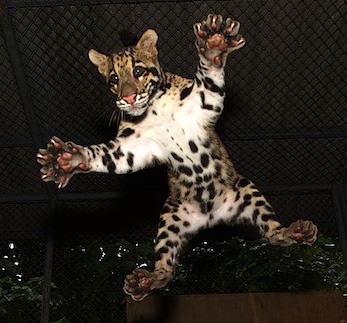
What really separates these cats from your domestic house cat is their hind ankle joints. Both these cats have the ability to rotate these joints 180 degrees allowing them to climb down trees as easily as they can climb up them. You certainly wont find one of these cats needing rescuing from a tree.
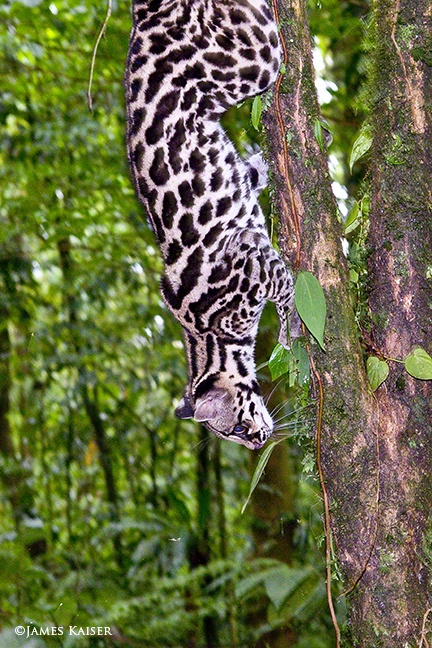
Sensitive whiskers called vibrissae that feed information to the cats brain such as air currents and wind direction, help them to judge distances between branches. As you can see from this video Margays really are the gymnasts of the jungle.
Temperature Variations:
Anyone who is owned by a cat will tell you they are never happier than being stretched out in front of the fire. The fact we find cats in some of the coldest environments on Earth often comes as quite a surprise. In fact cats are found at both ends of the temperature spectrum often having to endure both extremes in a calendar year.
Many of these hostile environments are deserts which have huge temperature variations meaning these cats must survive not only in searing heats but also in the freezing cold.
The Sand Cat (Felis margarita) is one of these cats.

Sand cats have been known to live in conditions that sometimes rise to more than 40°C (104°F) with temperatures of the upper layer of sand rising to over 80°C (176°F)!
To protect its feet from the searing temperatures of desert sand this cat has long, dense hairs that grow between its toes. These hairs cover the cats feet pads and also help the cat move across the fine sand whilst creating indistinct tracks making it difficult to follow.
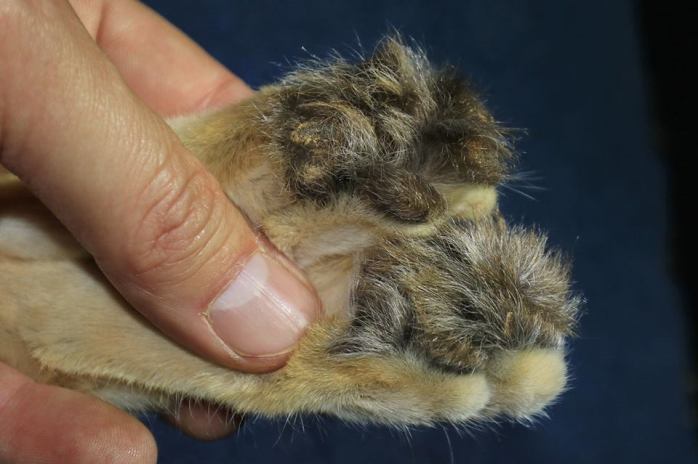
A wild cat who endures plummeting temperatures is the Pallas’s cat (Otocolobus manul), known locally as a Manul.
Like the arboreal cats, these cats also have a good use for their tails. Rather than using their tails for balance these cats use them for warmth. Much like how we might use a scarf to keep our face and neck warm in the winter months these cats wrap their tail around their face and paws when sleeping.
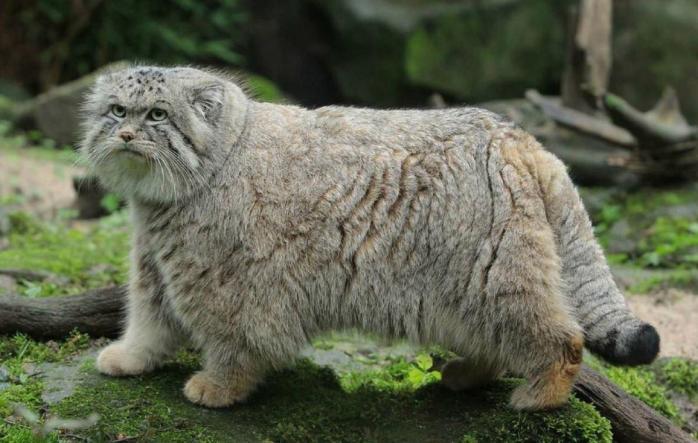
Pallas’s cats have the densest and longest fur in the cat family, a good job when you consider these cats have been found in elevations up to 5,000 feet where the temperatures can fall to below -50 °C.
In the cold, arid regions of the Chinese Steppe where these cats can be found there isn’t much in the way of vegetation. Therefore Pallas’s cats have developed a unique form of camouflage. Their ears are very low set on the side of their head, handy if you don’t want to be seen peering up over rocks whilst hunting for prey. Once prey has been spotted they use shorts bursts of speed whilst crouching low to the ground. They will stop motionless if detected and with their grey coats they look exactly like a rock.
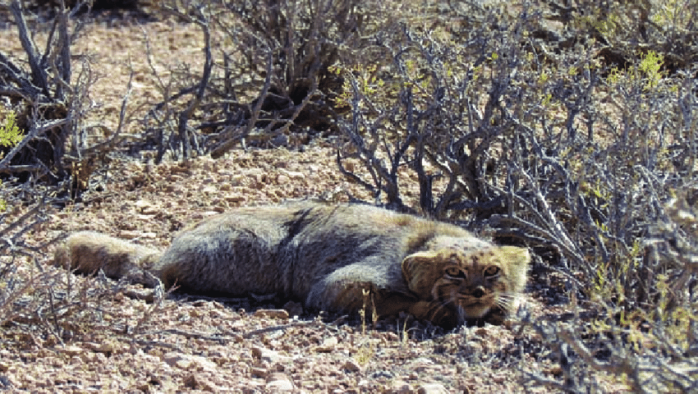
Water:
As much as domestic cats like the warmth they also typically dislike the water (those strange cats who have acclaimed YouTube fame aside). It may then comes as a surprise that some wild cats are very fond of getting wet.
Its well known Tigers and Jaguars are at home in the water however the cat most suited to aquatic life is the aptly named Fishing cat (Prionailurus viverrinus). Fishing cats are small, stocky cats found in the wetlands of Asia. Unlike most cats their tails are short and thought to be used much like a rudder in the water rather than for balance in the trees.
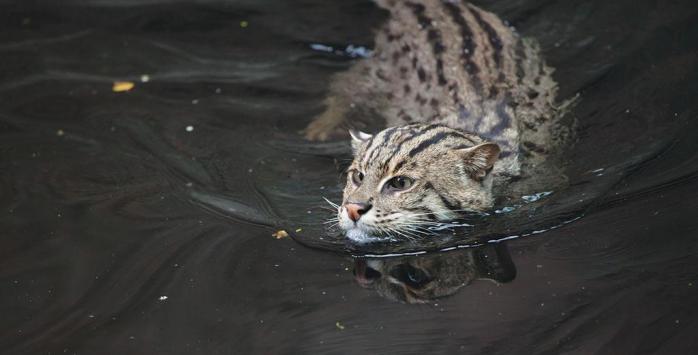
A further look at this cats morphology shows, as we can see below, that they have slightly webbed feet. This helps them to move through the water and to walk through the mud without sinking. Having said this they are no more webbed than the bobcat (Lynx rufus) and less so compared with the Leopard cat (Prionailurus bengalensis).
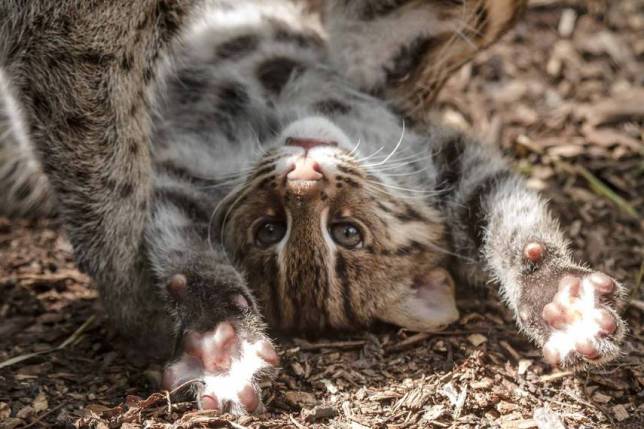
What Fishing cats do have is two layers of fur. The first is a short, dense fur that helps to insulate the heat and keep the cat warm, much like a wet suit. The secondary fur is call guard fur, this is longer and gives the cat its coloration to aid with camouflage.
They also have incredibly sensitive vibrissae. They place them on the surface of the water sensing the prey underneath. They can do this even when the water is cloudy. They then wait until a fish is close enough and go in for the kill, either with their mouth or using their only partially sheathed claws like a fishing hook.
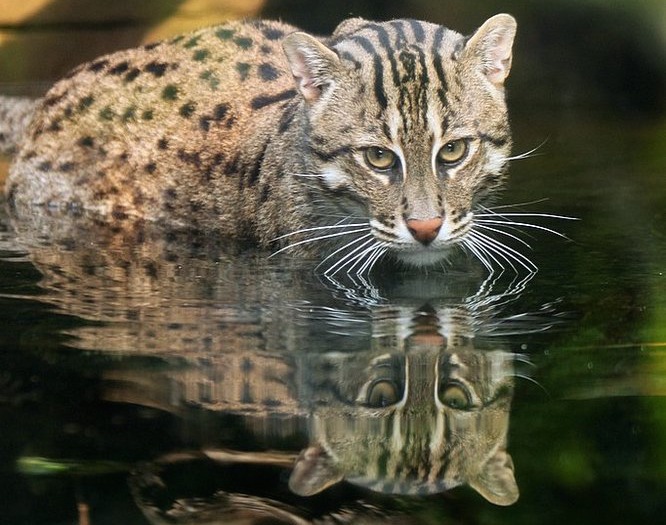
As we continue to grow as a population the environments that these cats live in continue to shrink. Whilst cats are proven to be able to adapt to new surroundings the pace that the human population is growing adaptation simply isn’t possible nor should it be expected.
What we need to do is to protect their natural habitats. To research different ways that we as humans can lessen the impact we have on their lives and to allow them to thrive for themselves using the amazing set of skills they each come adept with.




Thank you, it was very interesting and educational reading! Cats are truly magnificent creatures. I have one here next to my computer and she totally agrees with me 😀
LikeLike
Thank you, you’re very kind. Your pictures of cats are great, i find them really difficult to draw but you capture the kind yet mischievous look perfectly. My cat sat by the the whole time of writing and as cats do tried to his own person touch by walking across the keyboard everytime i left the room. 😹
LikeLiked by 1 person
Yeah, they do it. 😀 Mine, for example, also thinks it is okay to come and sleep on my tablet while I am drawing. 😀
And thank you for your kind words, too. 🙂
LikeLike
Your drawings are great, please let me know if you run out of things to draw. I wrote a children’s story about a wild cat and sent it to some illustrators but no one was interested. If you’re keen id happily send it to you to have a look. I can’t draw cats so gave up. 😻
LikeLiked by 1 person
If you really think that my style is suitable for your work, then I would be more than pleased to do it. 🙂
LikeLike
I will send it to you via email 🙂
LikeLike